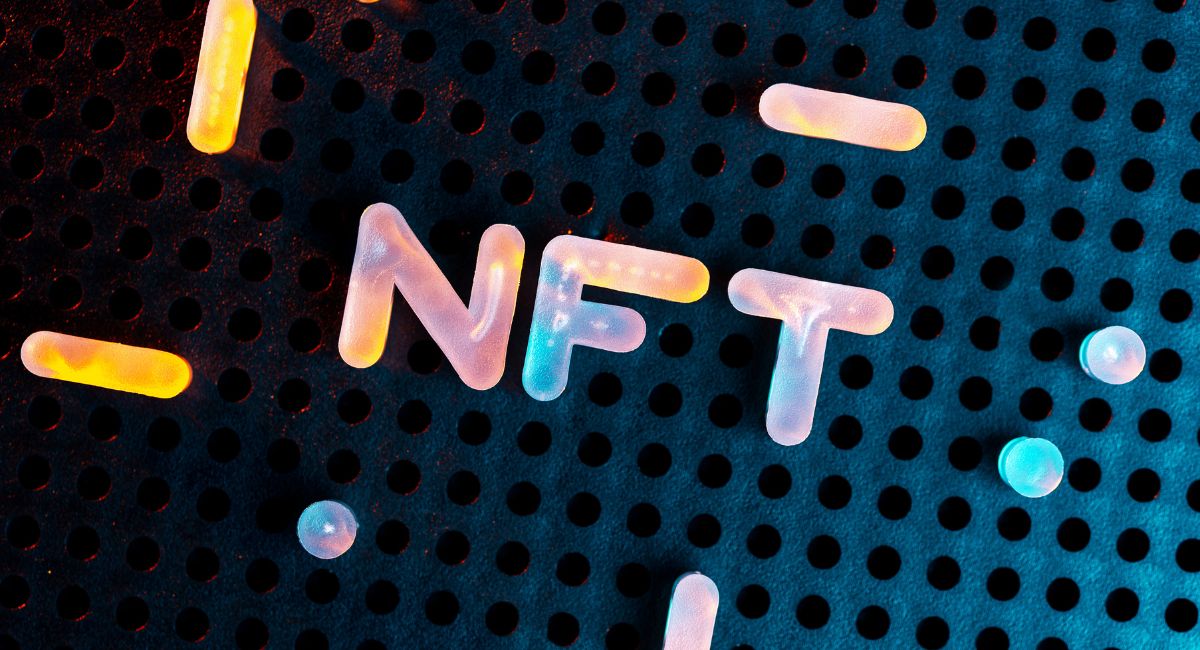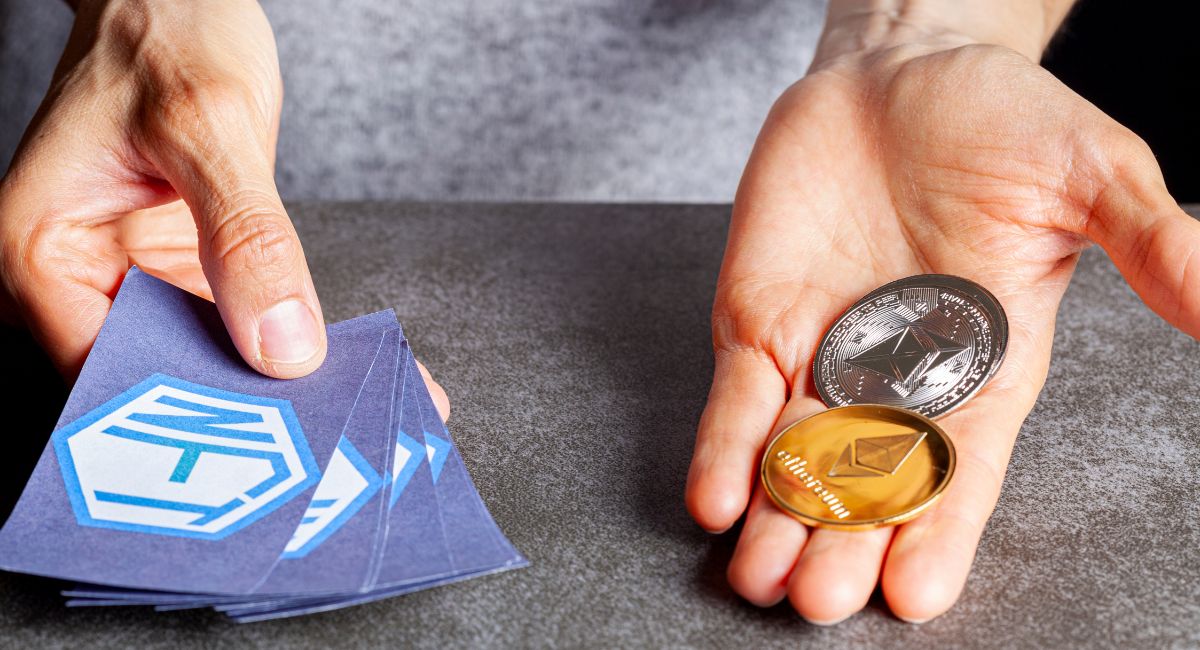Top 10 Important Ways Of Monetizing NFTs Without Selling

In the ever-evolving world of blockchain and digital assets, Non-Fungible Tokens (NFTs) have emerged as a revolutionary form of ownership and digital expression. While holding onto your prized NFTs can be emotionally rewarding, there may come a time when you need to access liquidity without parting ways with your cherished digital assets. In this comprehensive guide, we will explore various strategies for monetizing NFTs without selling them.
Here are ten detailed ways of monetizing NFTs without selling them:

- Licensing and Royalties:
- Grant licenses for the use of your NFTs in various ways, such as in virtual worlds, games, or digital content. Earn royalties whenever someone uses or resells your NFTs.
- Virtual Real Estate:
- Invest in virtual real estate using blockchain platforms. Lease or sell the space to others for events, advertisements, or unique experiences within decentralized virtual environments.
- Collaborations and Partnerships:
- Collaborate with other NFT creators or brands for joint projects. This can include creating exclusive collections, digital collaborations, or co-releasing limited edition NFTs.
- Tokenization of Assets:
- Tokenize real-world assets and link them to your NFTs. This can include art, music, or any physical object. Investors can then earn a share of the profits or benefits from the associated asset.
- Utility Functions:
- Embed utility functions within your NFTs, granting special privileges or access to exclusive content or events for NFT holders. This can increase the value of your NFTs over time.
- Virtual Goods and Services:
- Create and sell virtual goods or services that complement your NFTs. This could be anything from exclusive digital accessories to personalized experiences.
- Gamification:
- Develop games or interactive experiences tied to your NFT collection. Users can participate and earn rewards, creating an engaging ecosystem around your NFTs.
- Social Tokens:
- Launch your own social tokens tied to your NFTs. Holders can use these tokens within a community, influencing decisions or gaining access to exclusive interactions.
- Educational Content:
- Share knowledge and insights related to your NFTs through tutorials, workshops, or exclusive educational content. Monetize by charging access fees or accepting donations.
- Time-Locked Content:
- Release time-locked content or experiences exclusively for NFT holders. This creates anticipation and value for your NFTs, as holders look forward to unlocking new features over time.
By diversifying revenue streams beyond the initial sale, creators can maximize the potential for monetizing NFTs from their NFT collections and build sustainable income over the long term.
Other ways of Monetizing NFTs without selling them:

- NFT Collateralized Loans: One innovative way to leverage the value of your monetizing NFTs is by using them as collateral for loans. Platforms like NFTfi and others allow you to lock up your NFTs temporarily in exchange for a loan in fiat currency or stablecoins. This way, you can access the liquidity you need while retaining ownership of your valuable digital assets.
- Fractionalization of NFTs: Fractionalizing your NFTs involves breaking them into smaller, tradable pieces. This allows you to sell fractions of your NFT to a pool of investors, providing you with instant liquidity. Fractional. art is a platform that enables users to create and trade fractionalized NFTs, making it easier to access funds without parting with the entire asset.
- NFT Staking and Yield Farming: Some decentralized finance (DeFi) platforms allow users to stake their monetizing NFTs in liquidity pools or use them for yield farming. By doing so, you can earn rewards in the form of additional tokens or fees, providing a passive income stream while maintaining ownership of your NFTs.
- Renting Out Your NFTs: Explore platforms like Rarible or Mintable that facilitate the renting of monetizing NFTs. You can allow others to use your NFTs for a specified period, earning rental income in return. This way, you monetize your assets without losing ownership permanently.
- NFT-backed Credit Cards: Some projects are exploring the concept of monetizing NFTs-backed credit cards. By collateralizing your NFTs, you can receive a credit card with a spending limit tied to the value of your digital assets. This provides a convenient way to access liquidity for everyday expenses.
 Yes, many individuals and artists have indeed made money through NFTs (Non-Fungible Tokens). The NFT market has witnessed significant growth and popularity, leading to notable success stories. Here are some ways people make money with NFTs:
Yes, many individuals and artists have indeed made money through NFTs (Non-Fungible Tokens). The NFT market has witnessed significant growth and popularity, leading to notable success stories. Here are some ways people make money with NFTs:

🚀 Dive into the future with Twicrypt! 💎✨ Virtuan Mining (VM) introduces Non-Fungible Token, revolutionizing our mining mechanism. 🛠️ But that’s not all – envision a Twicrypt Decentralized social media hub, a platform where blockchain enthusiasts connect and spark a revolution!… pic.twitter.com/ASHvEztSTx
— Twicrypt (@twicrypt) January 10, 2024
Can artists make money on NFT?

Artists can easily make money by monetizing NFTs. NFTs provide a unique opportunity for artists to tokenize their digital or even traditional artwork and sell it directly to collectors. Here’s a basic guide on how artists can generate NFTs and potentially make money:
- Create Digital Art:
- Produce digital artwork that you would like to tokenize. This can include illustrations, digital paintings, animations, or any other form of digital art.
- Choose a Blockchain Platform:
- Select a blockchain platform that supports NFTs. Ethereum is the most widely used platform, but others like Binance Smart Chain, Flow, and Tezos also support NFTs.
- Create a Wallet:
- Set up a cryptocurrency wallet compatible with the chosen blockchain. This wallet will be used to store your NFTs and receive payments.
- Choose an NFT Marketplace:
- Join an NFT marketplace where you can mint and sell your NFTs. Popular platforms include OpenSea, Rarible, Mintable, and others. Different platforms have varying fees and user bases, so choose one that aligns with your goals.
- Mint Your NFTs:
- Minting is the process of turning your digital art into an NFT. Most NFT marketplaces have tools for minting. During this process, you’ll add details like the title, description, and any royalties you want to earn from secondary sales.
- Set Pricing and Sell:
- Determine the pricing for your NFTs. You can choose between fixed prices or auction-style sales. Once listed, potential buyers can purchase your NFTs using cryptocurrency.
- Promote Your NFTs:
- Actively promote your NFTs through social media, art communities, and other channels. Building a presence and engaging with potential buyers can increase the visibility and value of your NFTs.
- Royalties:
- Ensure that you set a royalty percentage during the minting process. This ensures that you receive a percentage of the sale whenever your NFT is resold in the secondary market.
Conclusion:
As the NFT space continues to evolve, creative solutions for monetizing NFTs from these digital assets will likely expand. Whether through collateralized loans, fractionalization, staking, renting, or innovative financial products, the options are growing for NFT holders to access funds while maintaining ownership. It’s crucial to stay informed about the latest developments and choose the strategy that aligns best with your financial goals and risk tolerance.




























































